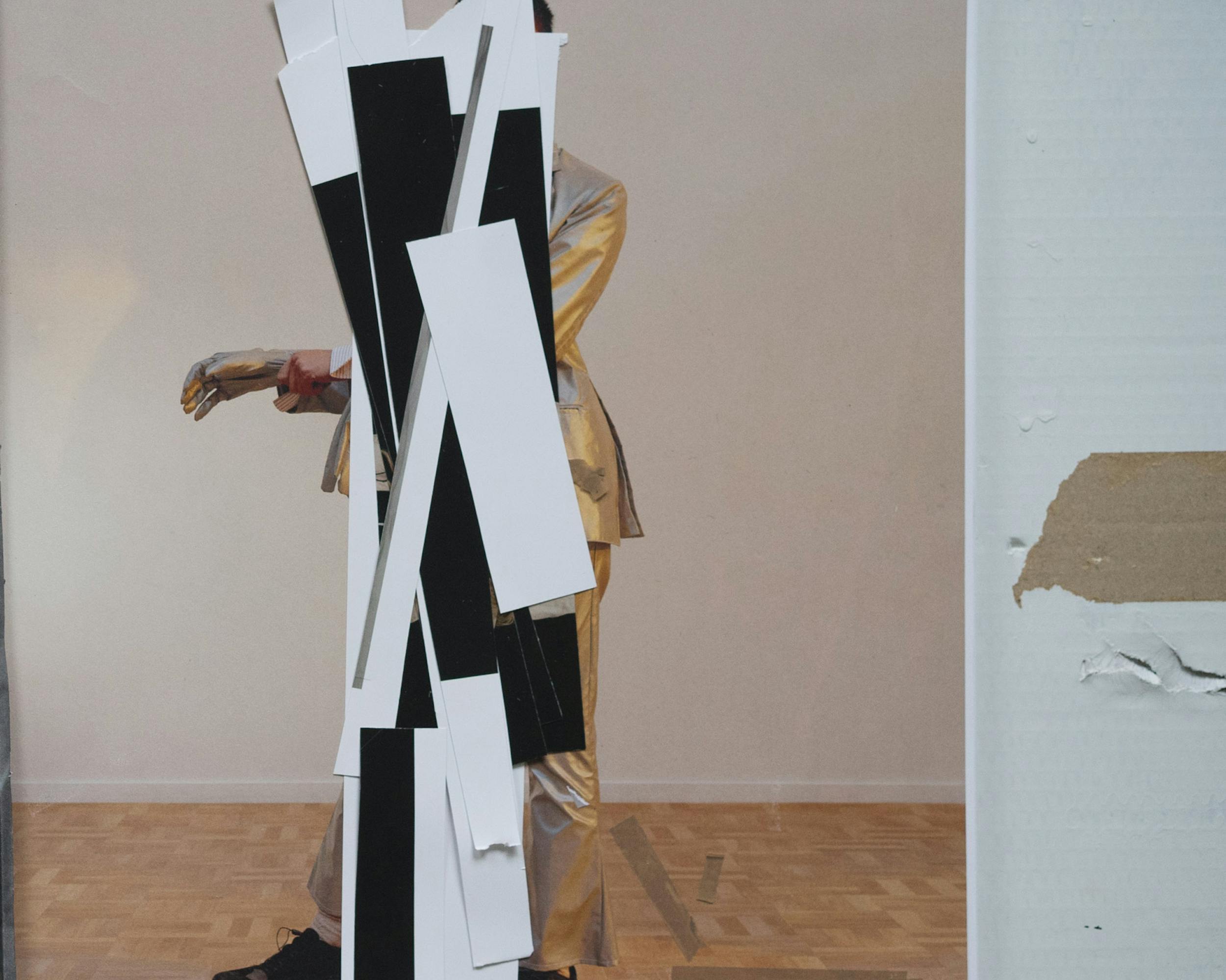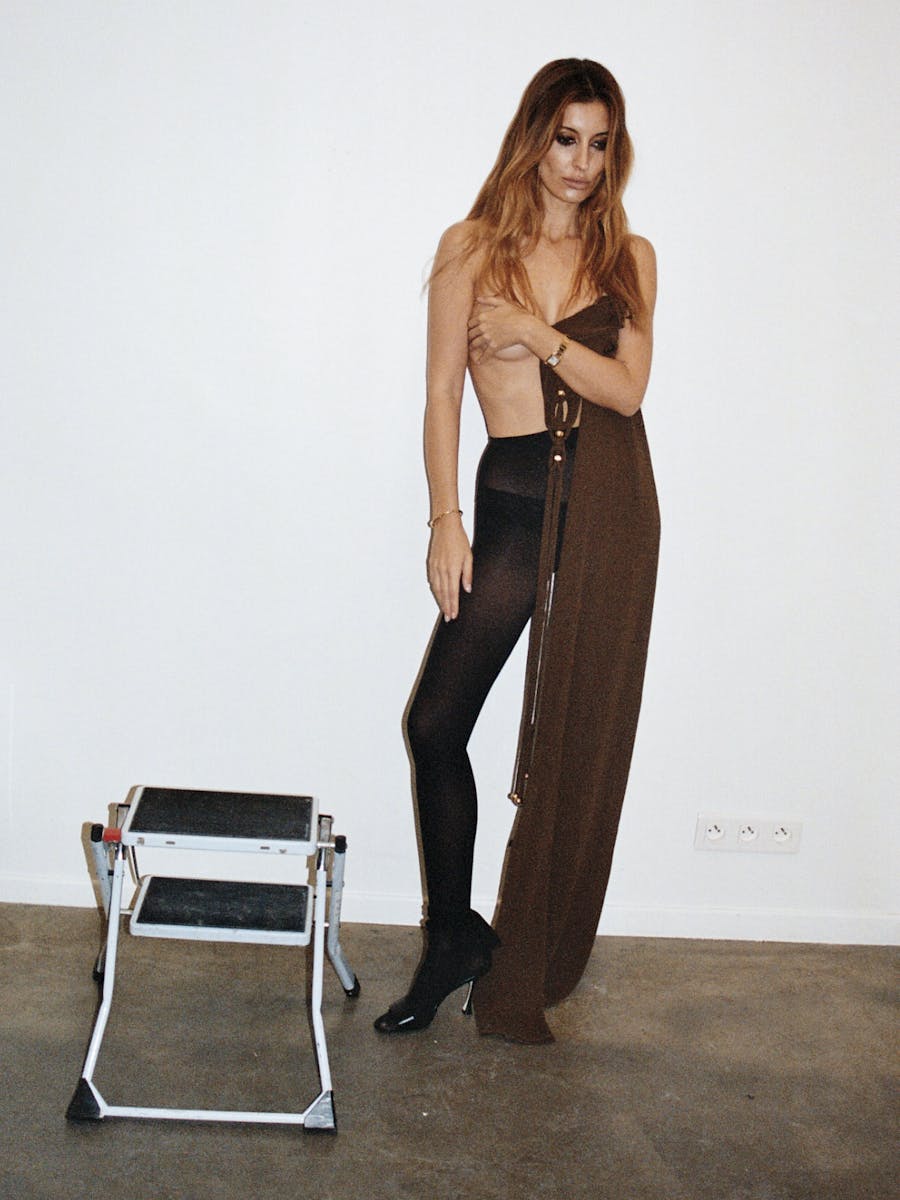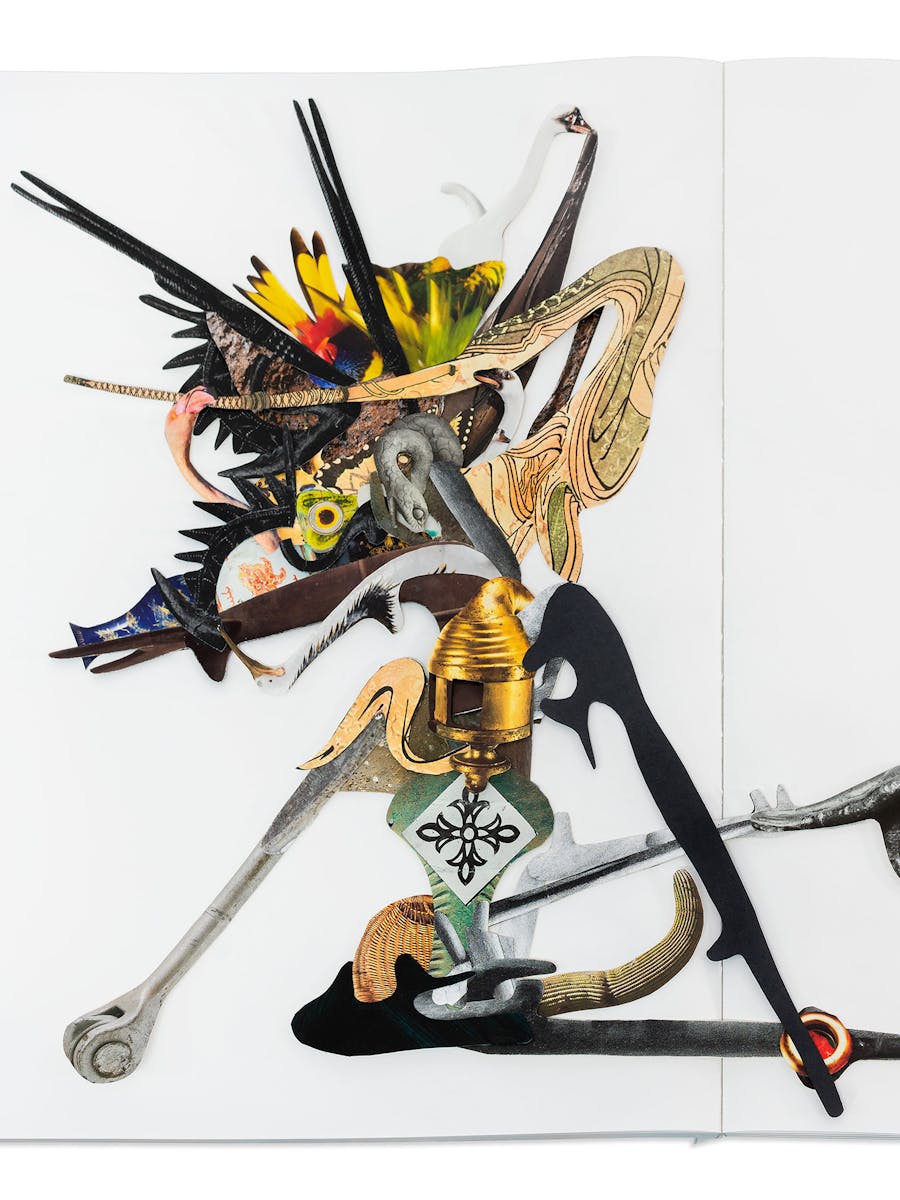In his posthumously published book Philosophical Investigations (1953), the Austrian philosopher Ludwig Wittgenstein introduces the notion of “family resemblance” applied to language. The idea is that there isn’t a single and essential core in which the meaning of a word is located and which is, therefore, common to all uses of that word, but that meanings are given by a series of overlapping similarities, where no one feature is common to all. This complicated network of common characteristicsoverlapping and criss-crossing reflects into Monique Baumann’s artistic practice. Instead of words, the visual artist travels with the images’s multiple uses through experimental assemblages, collages and paintings, which eventually exceed reality, setting an alternate world for themselves. Baumann recreates the existing andformulates it anew, subverting fixed meanings and dogmatic values in favour of an ever-changing flow. Glossy magazines, exuberant paintings, fragmented photographs are dissected and reassembled into hybrid artworks that generate a tension between reason and abstraction. Monique Baumann investigates the action of images in images and their relation to human thoughts to exhibit the lack of boundaries in the visual language, just like Wittgenstein did with the concept of “family resemblances” applied to ordinary spoken and written language.
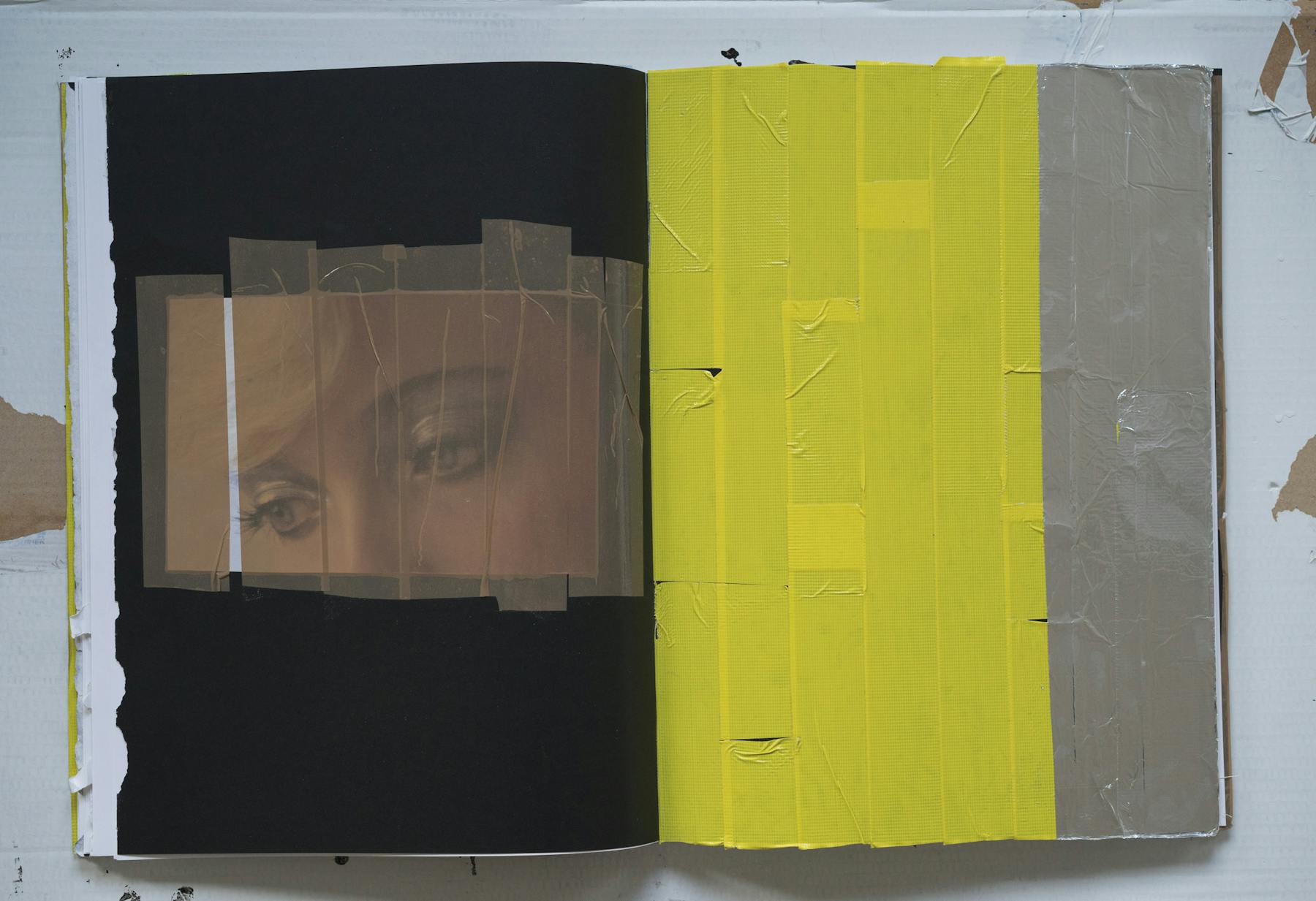
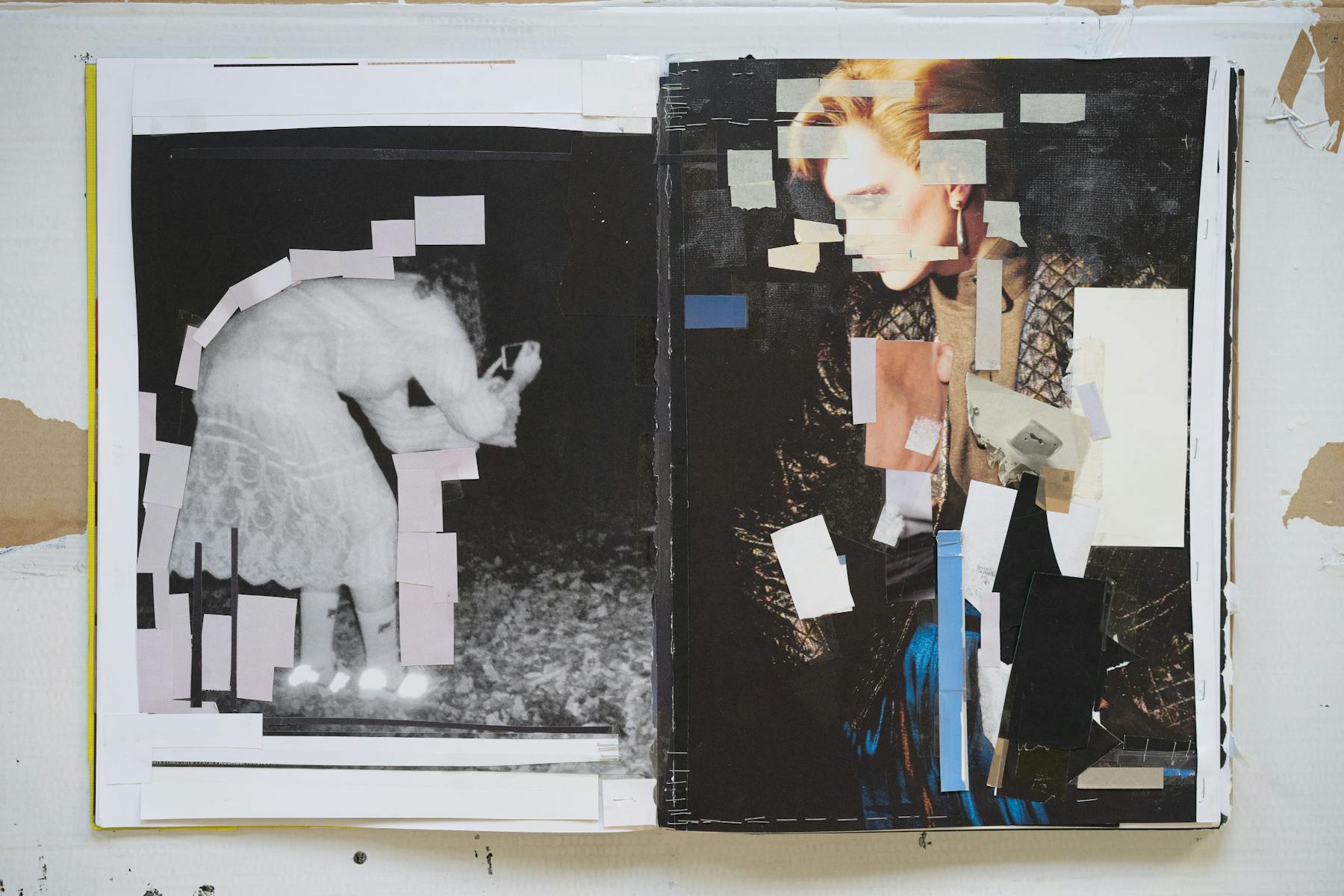
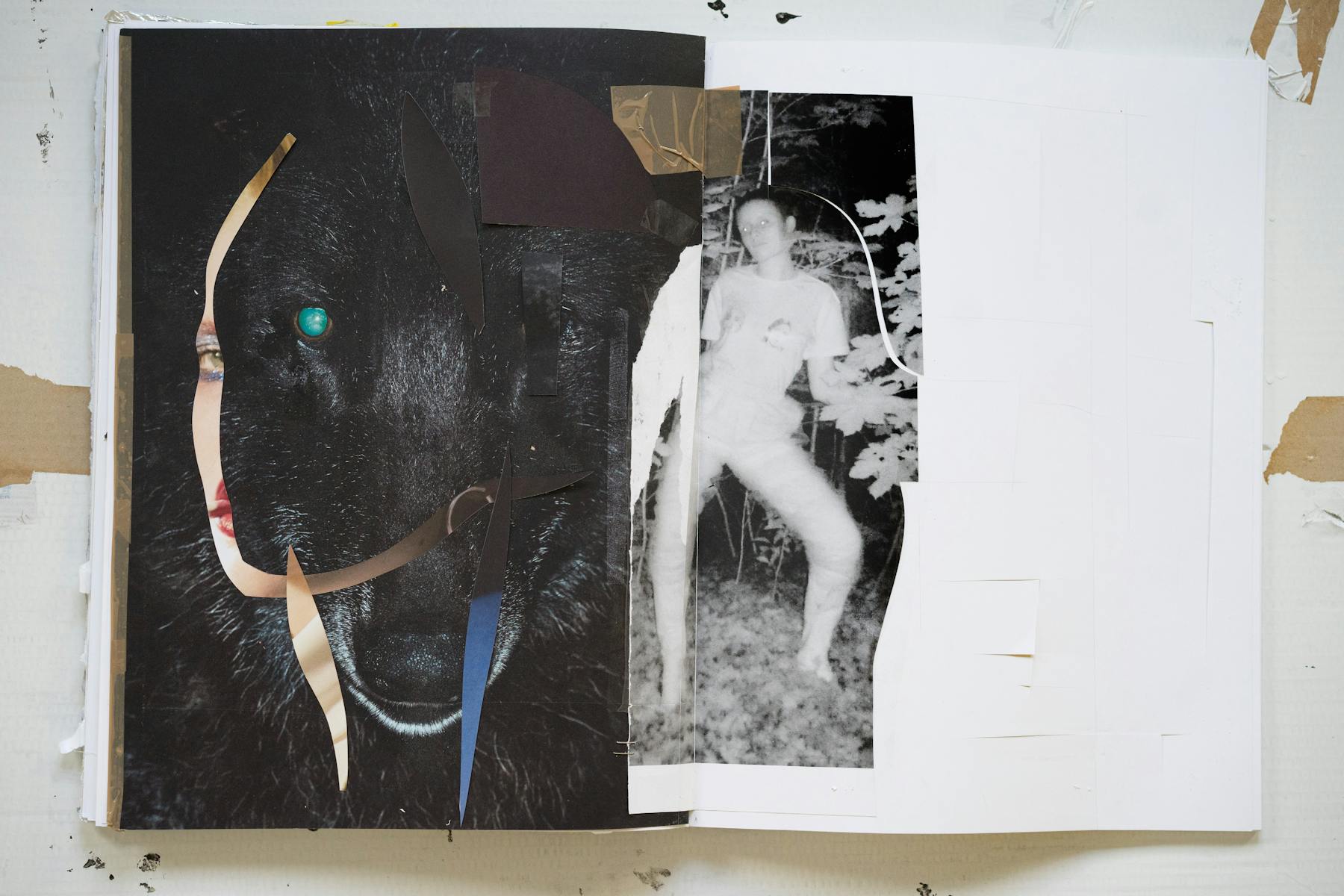
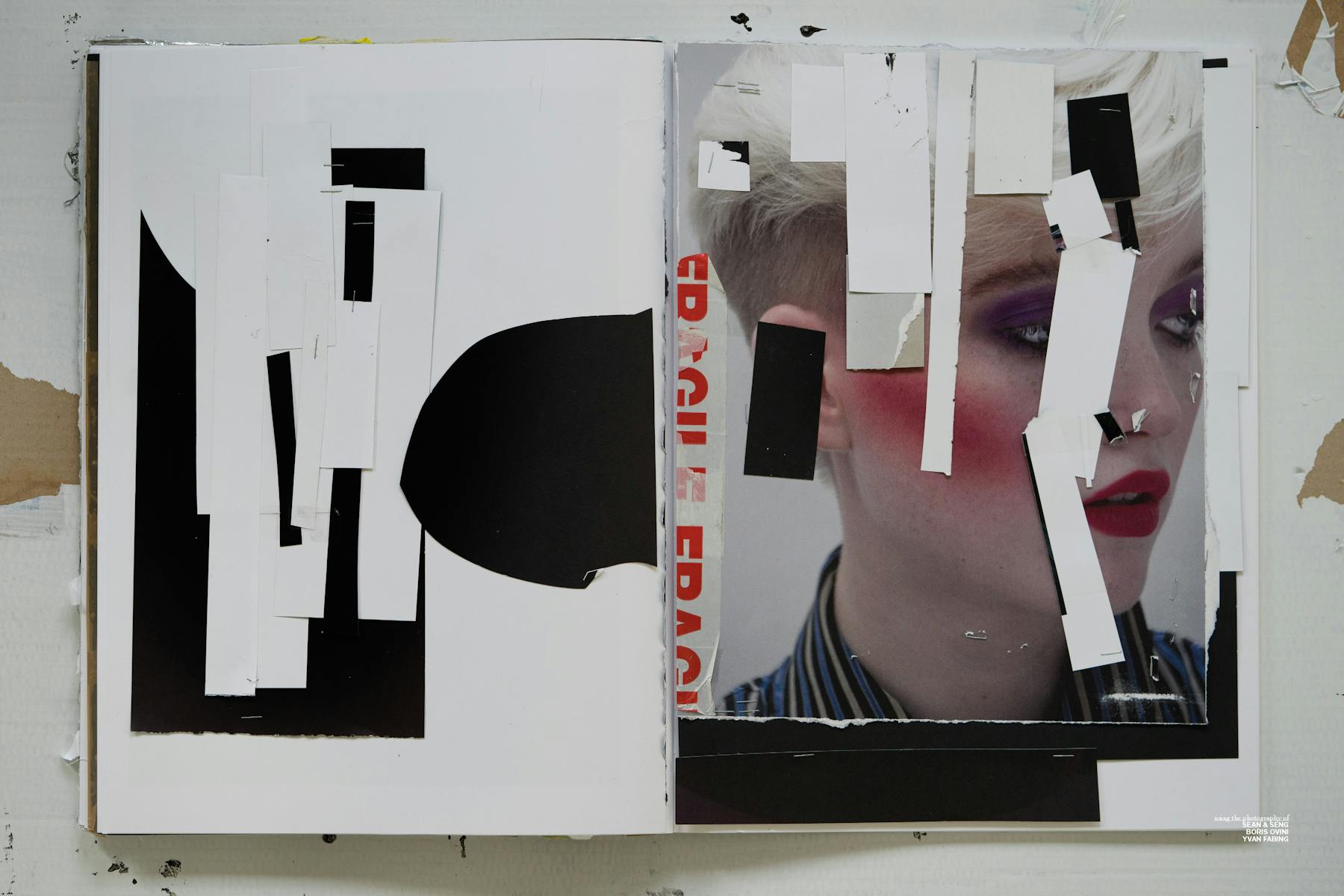
Sean & Seng
Boris Ovini
Yvan Fabing
Sean & Seng
Boris Ovini
Yvan Fabing
